As part of our portfolio, we are working on a variety of projects, such as pattern recognition in billing systems, recommender systems in medicine, as well as R&D in AI explainability and novel AI methods.
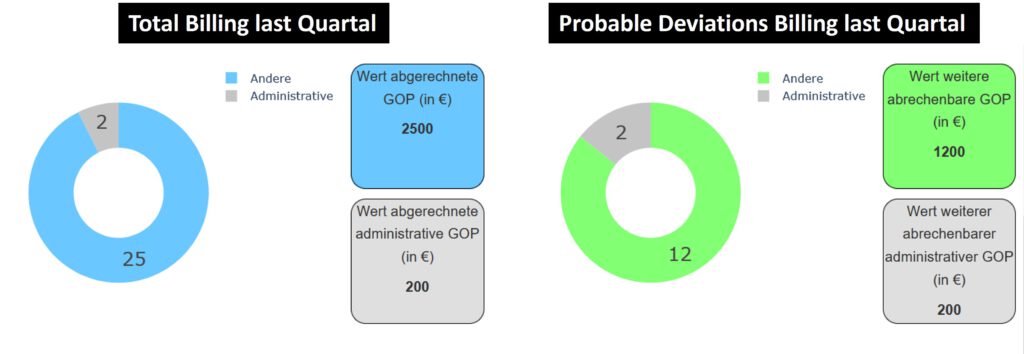
Pattern Recognition in Billing Systems
Recognizing patterns in billing systems and automatically discovering deviations in accounting helps control and project future spending.
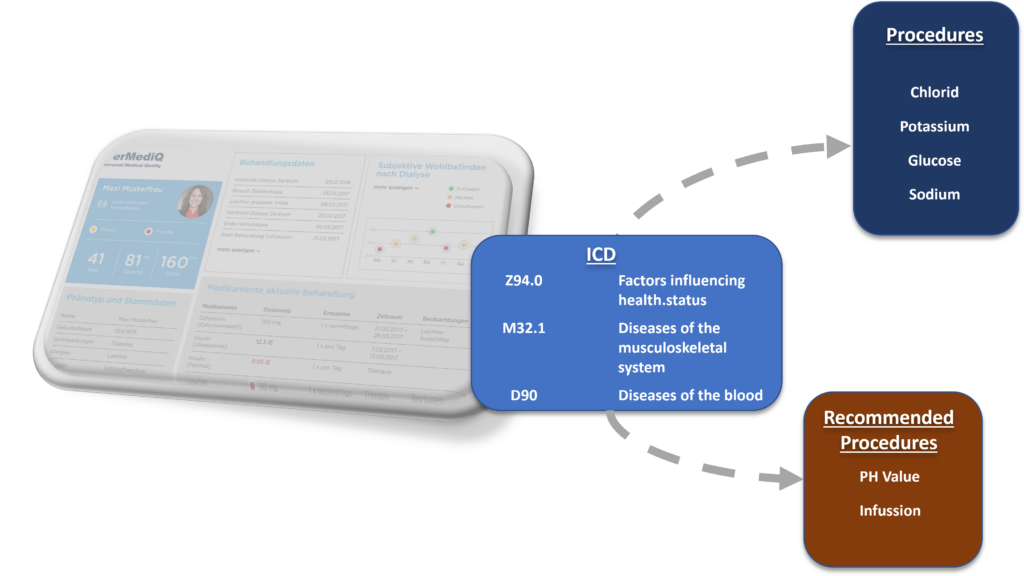
Recommender Systems
Our goal is to help physicians figure out which medical procedures are best.
- Get a better overview of the ever-growing number of options
- Improve the quality of the patient’s therapy
- Improve billing process
- Discover cost-saving alternatives
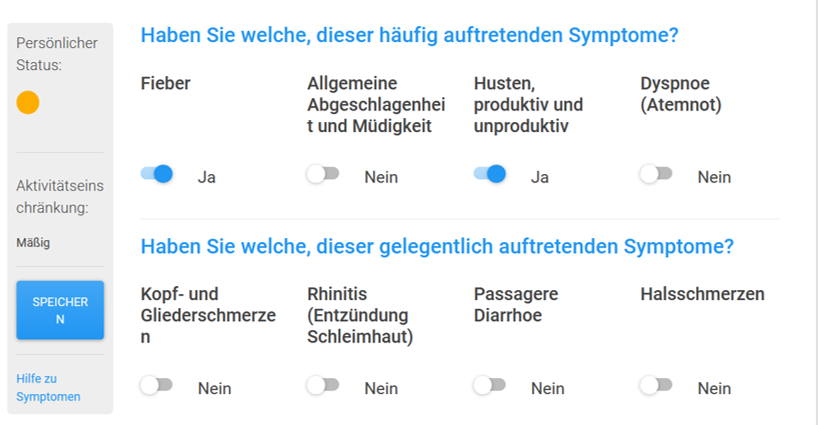
Apps Based on Descentralized Architectures
Applications that store data directly at the preferred customer’s facility, without central platforms, and with high safety.
- No data fragmentation, as the data resides with the customers and not on the platform
- Flexible app selection and design for a personalized experience
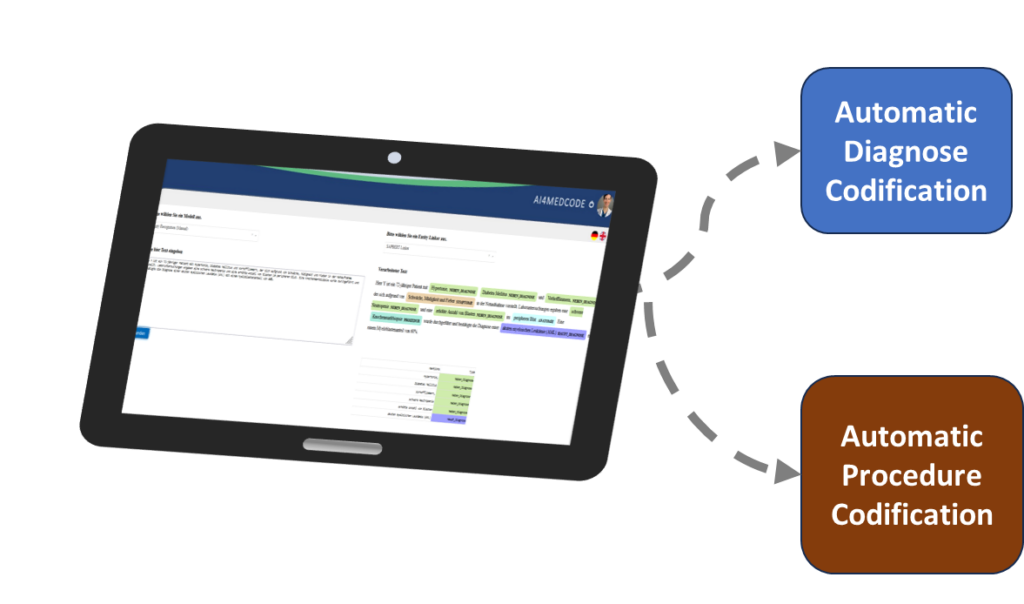
Natural Language Processing in Medicine
Developing and deploying natural language processing for:
- Recognition of entities in medical narratives (like symptoms, diagnoses, etc.)
- Entity linking for the automatic codification of diagnoses and procedures
In our R&D program we are discovering and developing novel methods in artificial intelligence, as well as on mathematical modelling and systems biology / systems medicine.
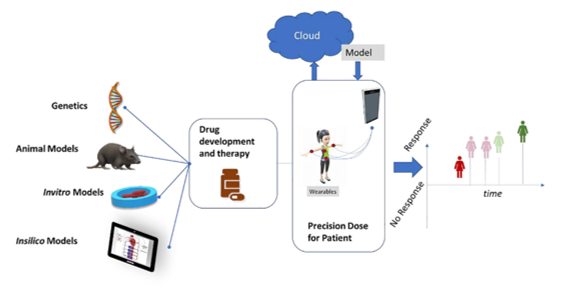
From Personalization to Patient Centered Systems Toxicology and Pharmacology
The current paradigm of precision and personalization will evolve into a new cyclic paradigm. Patient therapies can be adjusted in short time cycles thanks to ubiquitous data. There is no doubt this concept is aimed at improving patient care. We describe here how it could work.
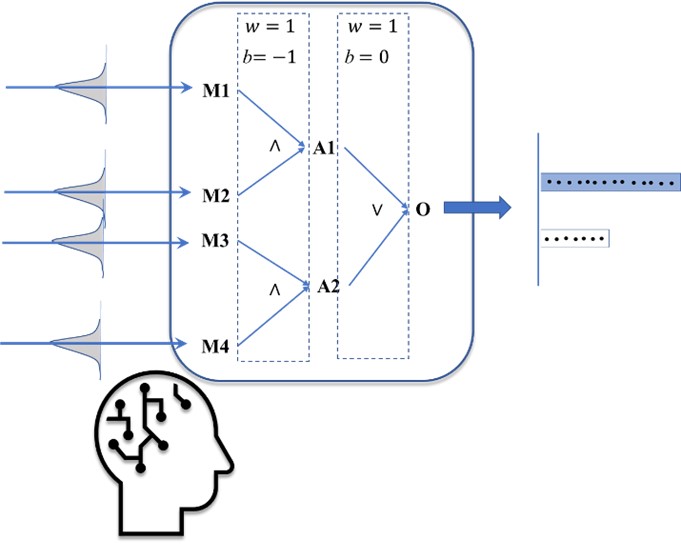
AI Explainability by Simulating Human Cognitive Processes
How to emulate a rational processes of doctors and medical personel? We present in this work a method to simulate logical processes integrated into deep learning methods. The method considers uncertainty in data and model output for safe and understandable recommender systems.
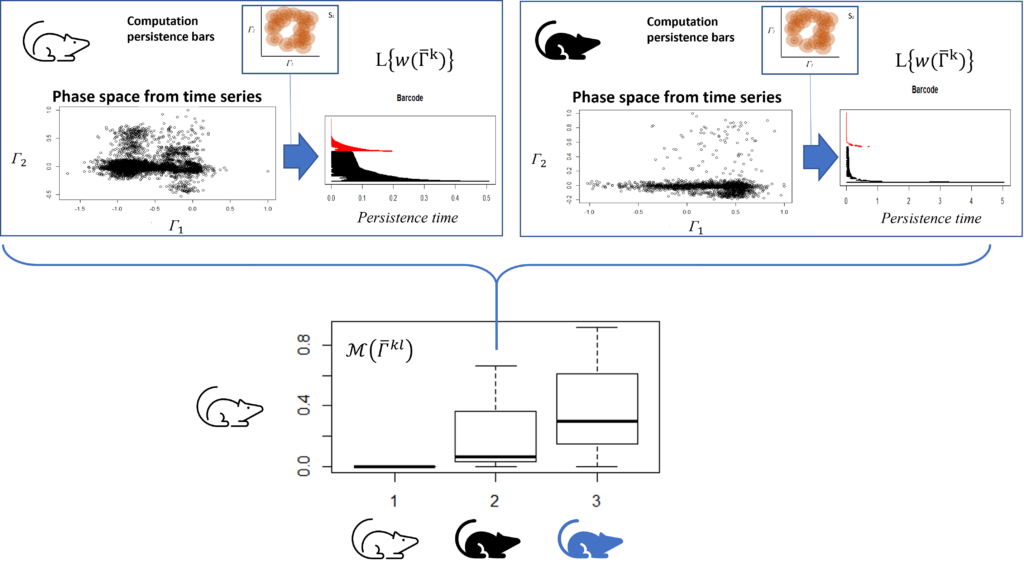
Reducing the amount of training data required
Deep learning models require large amounts of data. However, large amounts of data require a lot of resources (energy and storage size) and could contain persistent distortions that affect the quality of the models. In this paper, we explain how to identify patterns using mathematical methods (persistent topology) to identify persistent defects in time series.
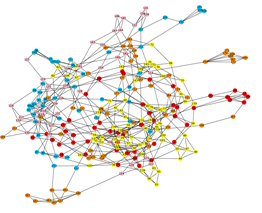
Graph Neural Network Modelling for Procedures based on Patient Diagnoses
A patient graph structure is defined in this work based on basic patient information, such as age and gender, diagnosis, and trained GNN models. This method is more accurate than other conventional baseline models. In addition, it’s helpful to identify patient clusters and analyze diagnoses.